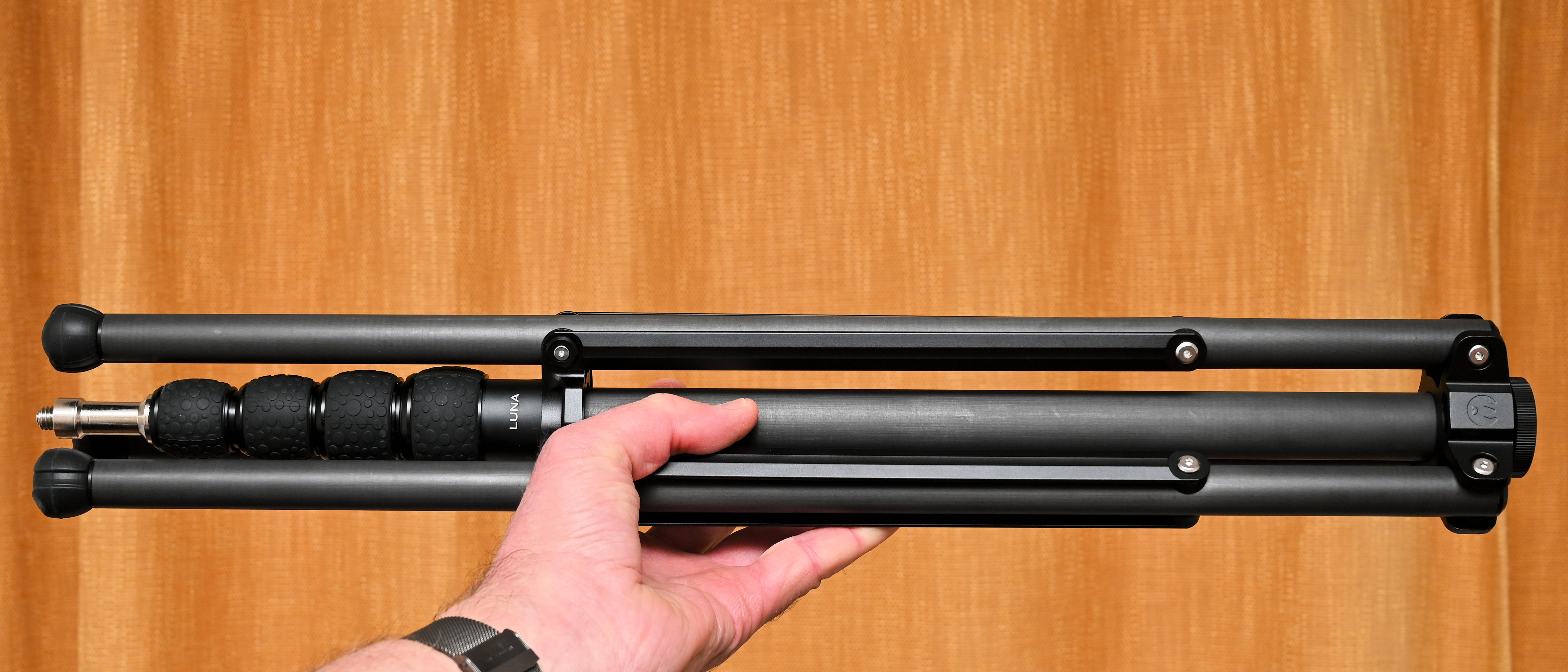How to capture stunning winter wildlife – Part 2: subjects close to home
Andy Parkinson shares his tips for wildlife on your doorstep and reminds us that common species can make compelling subjects
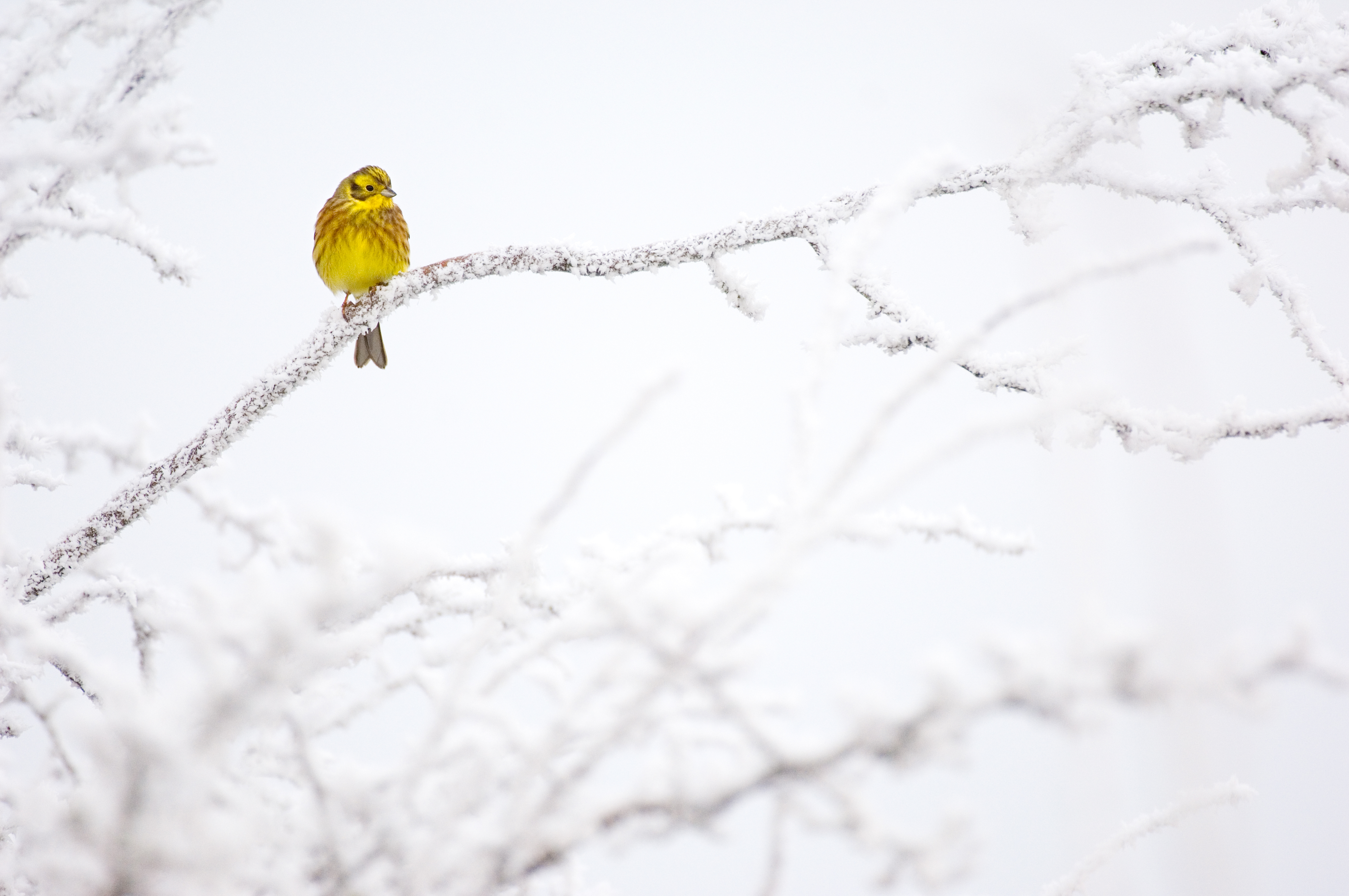
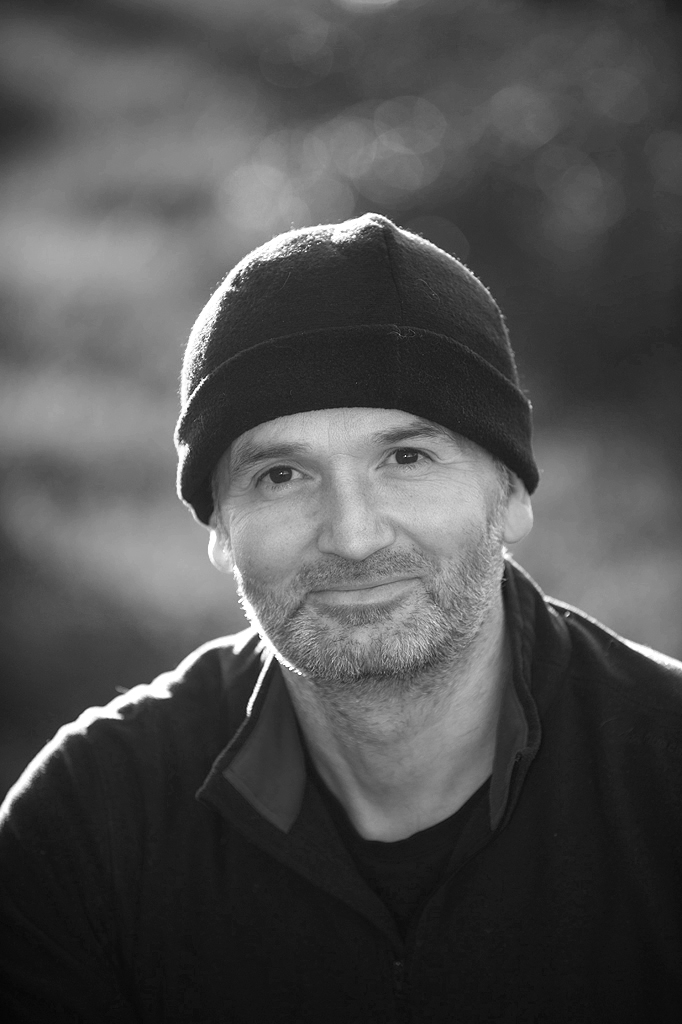
Andy Parkinson is an award-winning wildlife photographer, regular National Geographic contributor and a recent Nikon ambassador. Working with wild animals only, he often speaks about conservation, animal rights and photo ethics.
When snow is forecast in my local area of Derbyshire, UK, I tend to prefer focusing on guaranteed, easily accessible subjects such as mute swans, grey squirrels or smaller garden/farmland birds, such as the yellowhammer above.
The transient nature of recent winters means that this way I can maximise opportunities, however brief, rather than speculatively hoping to capture images of more challenging subjects, such as foxes.
In recent years we’ve only had one or two days of decent snowfall each winter, so this strategy is what I’d recommend if where you live only has brief winters.
Remember, it doesn’t matter how familiar or overlooked the subject might be, be it a mallard, coot, swan, or grey squirrel. All species will still look fantastic in falling snow, and that way you increase your chances of producing successful and compelling images.
The most important thing is that you familiarise yourself with your local subjects in advance, and then, when the forecast is right, make sure you arrive in plenty of time.
QUICK TIP!
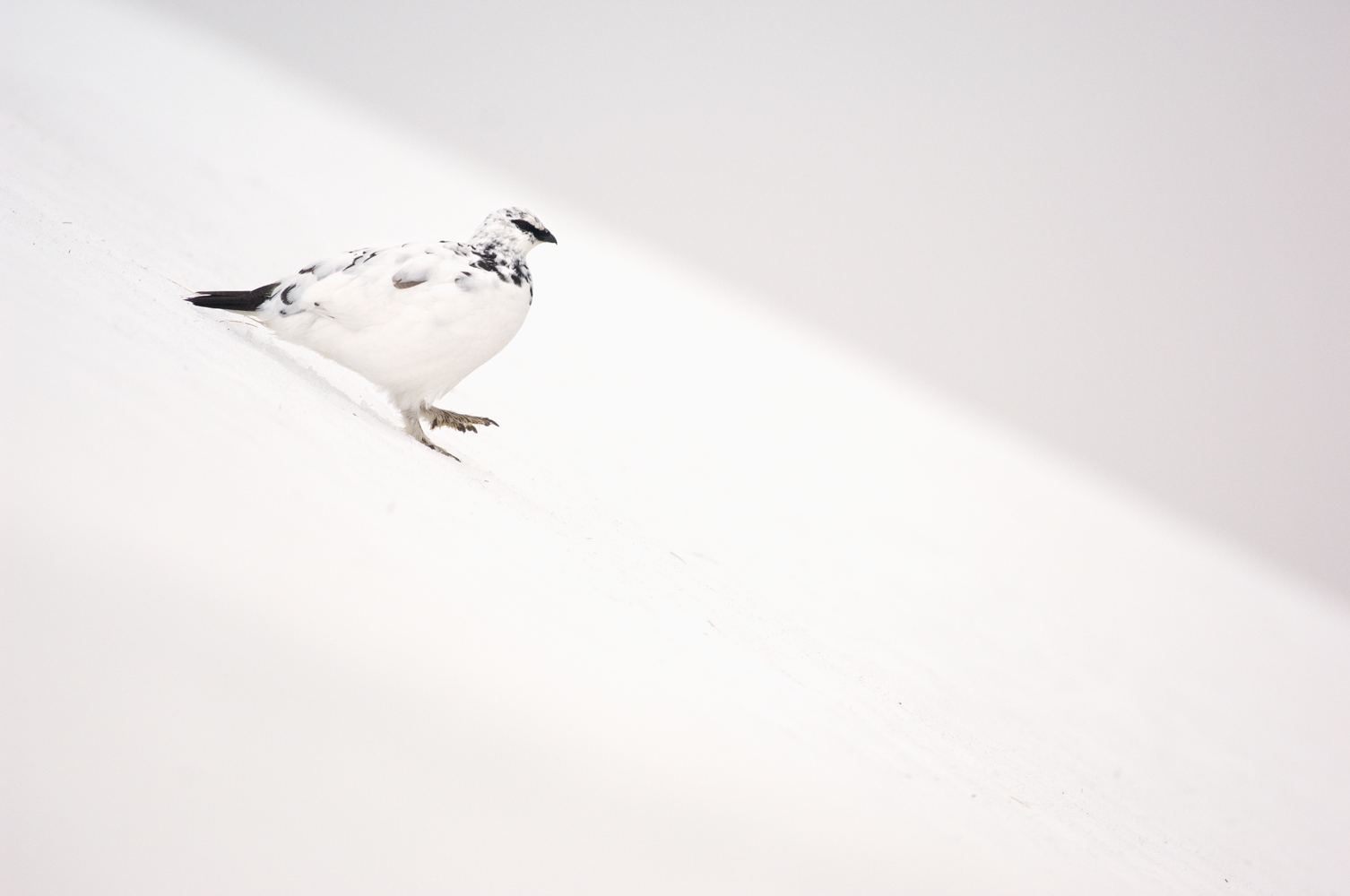
How to photograph winter garden birds
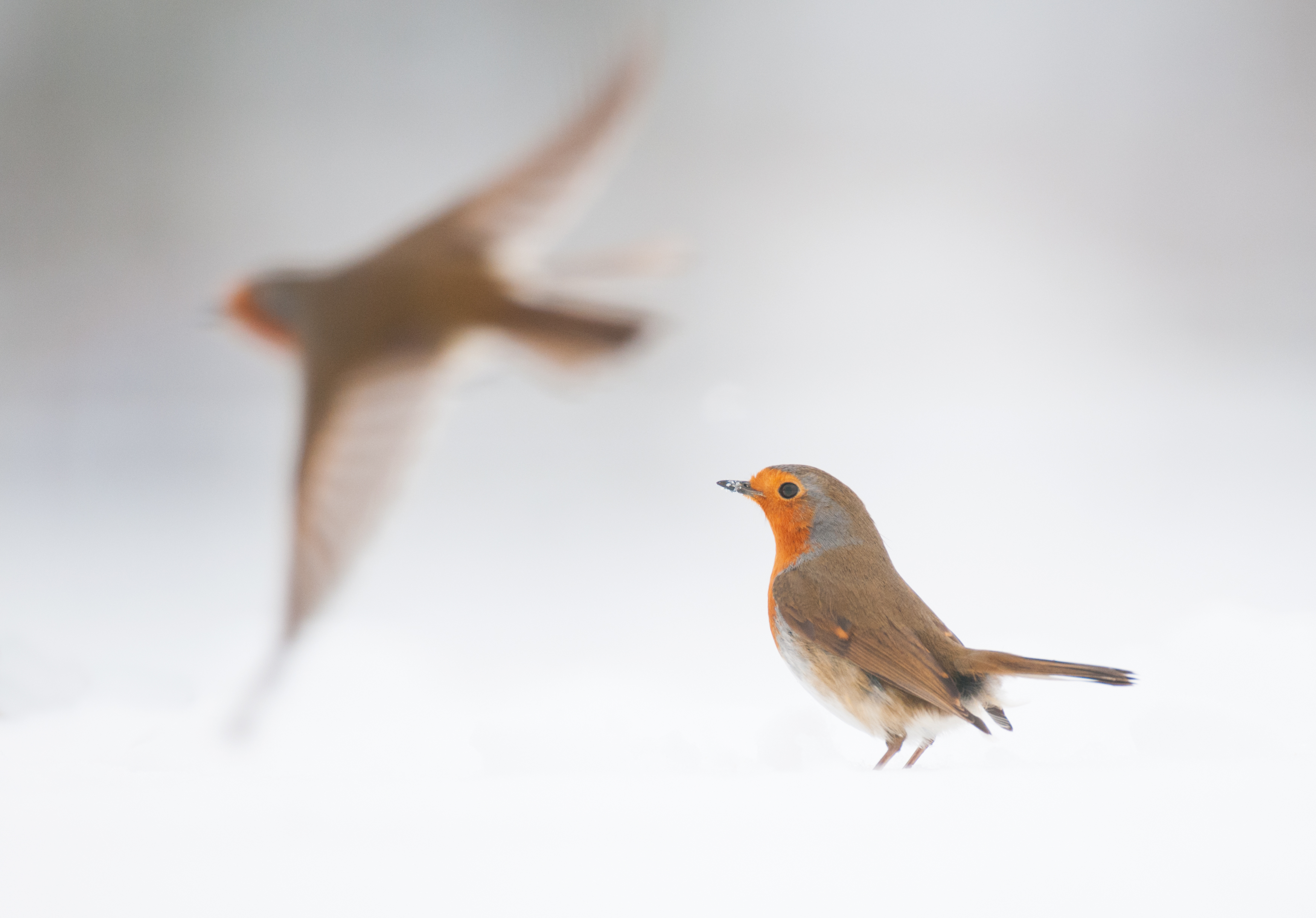
1. Change your perch
Always consider your perspective when preparing to photograph. Here I sat below some garden steps, which made capturing the robins at eye level more comfortable than simply trying to lie on the snow-covered ground.
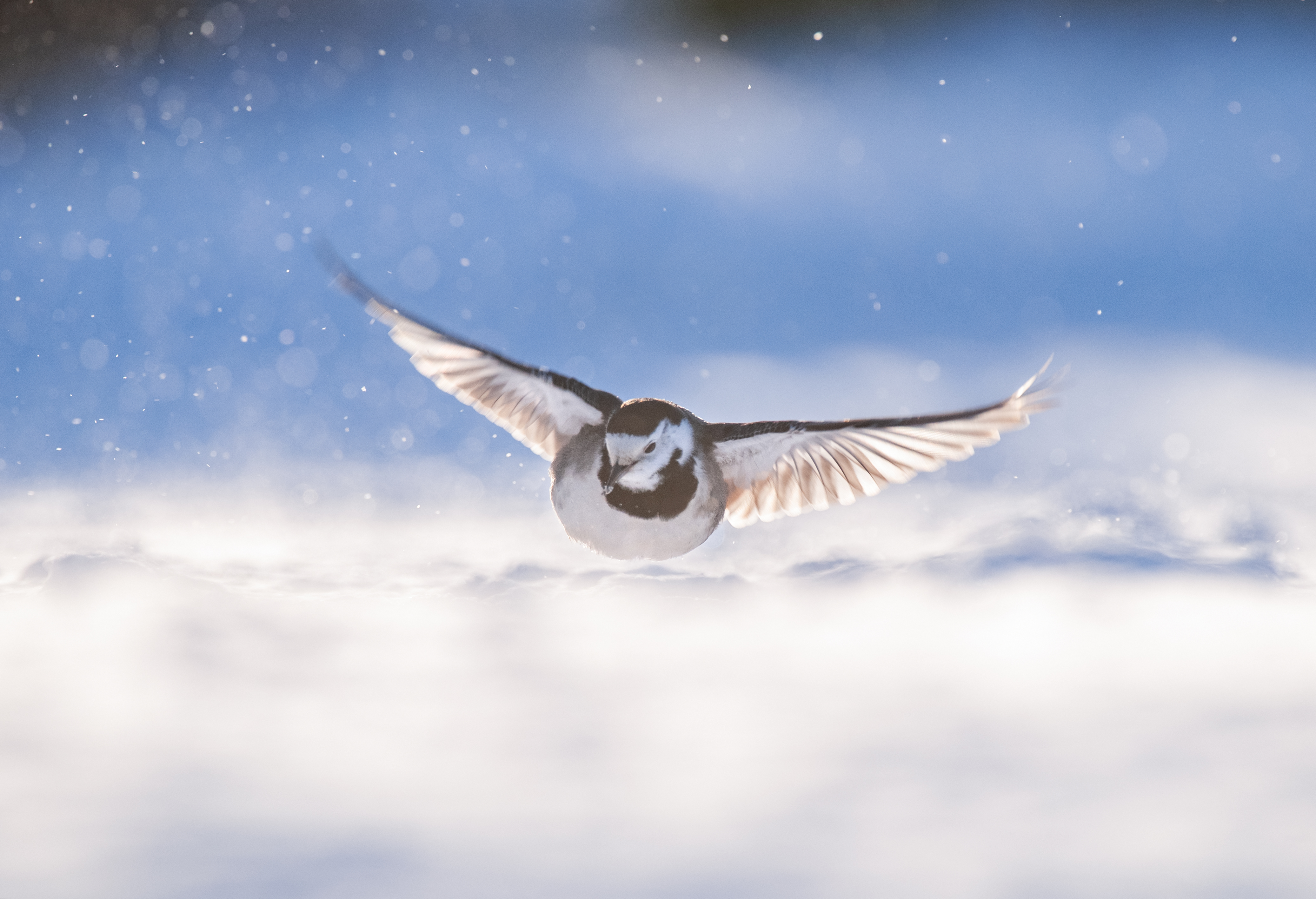
2. Consider the daylight
Take time to notice the fall of light and where in your garden, and at what time of day, it occurs most beautifully. Here I shot using backlight, the predictable, fluttering flight of the wagtail making for some relatively easy flight images.
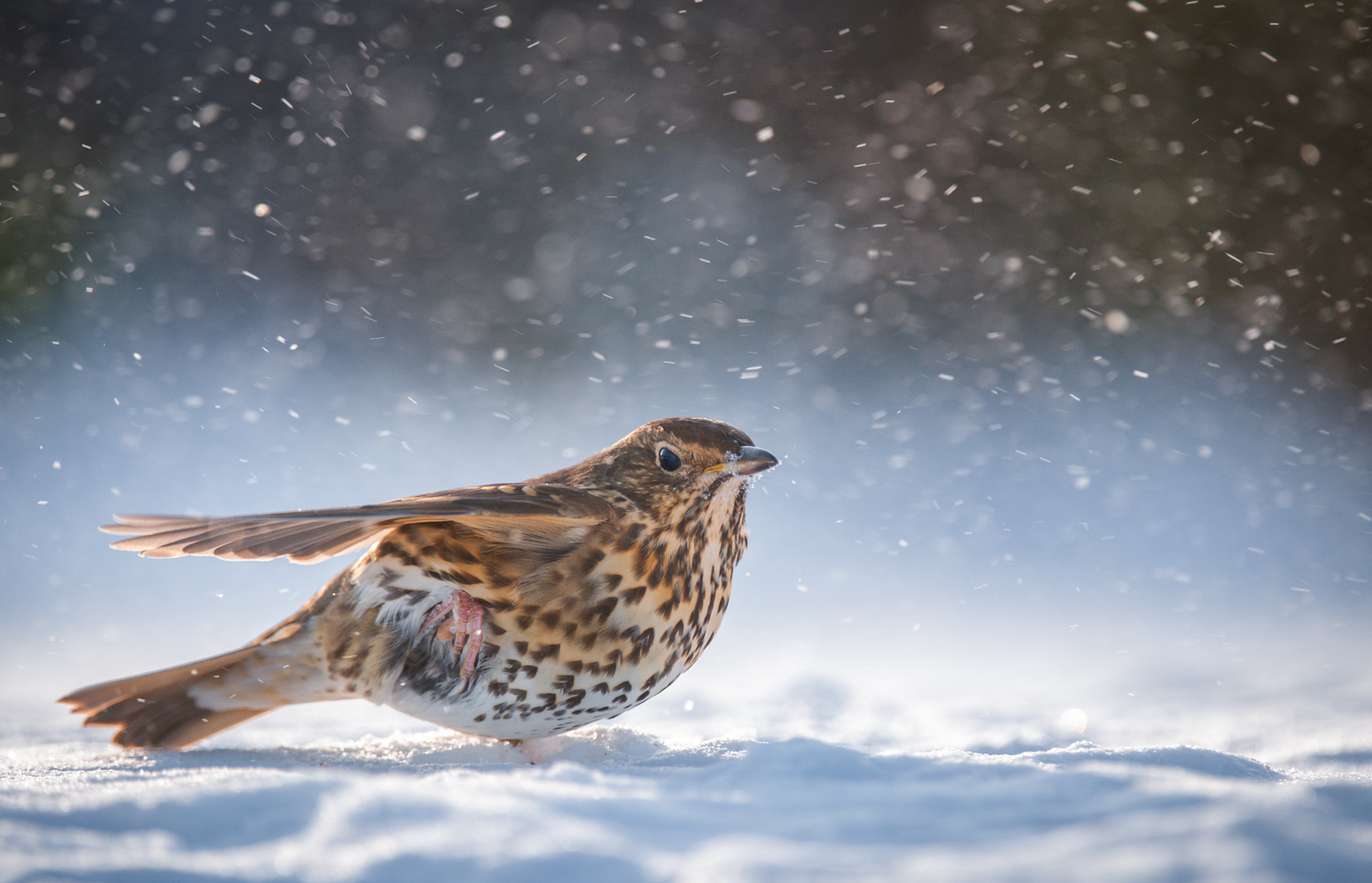
3. Include falling snow
Whether it’s falling or windblown, the presence of airborne snow will immediately add an extra element to your images. Try to shoot against a darker backdrop so that the snow is easily visible.
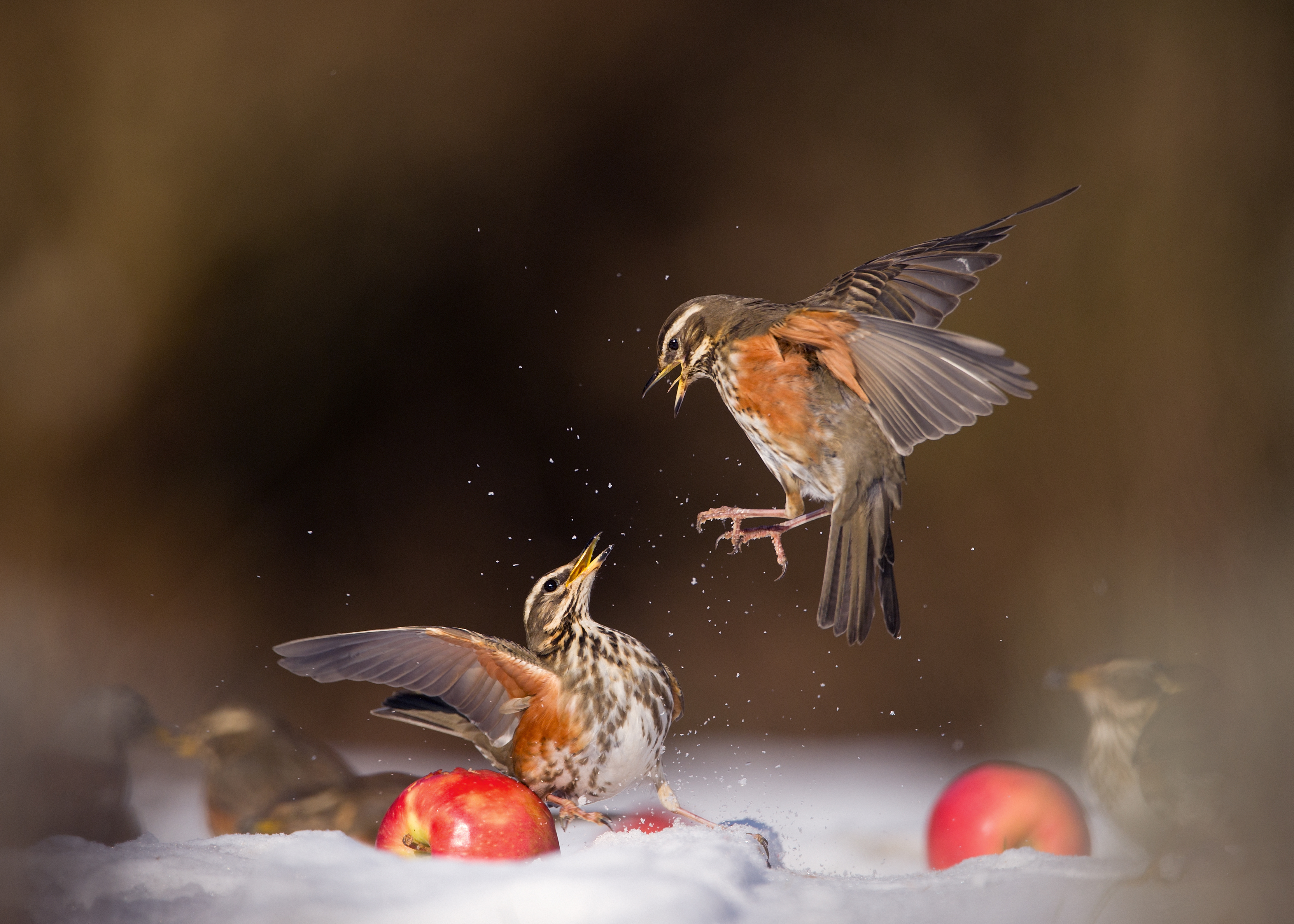
4. Capture the action
Competition over food resources can result in conflict. While never to be encouraged, if it does occur, notice when, where and why, and use this knowledge to increase the chance of capturing it.
5. Ethical responsibilities
Remember at all times how marginal the existence of small birds can be, and how difficult it is for them to find food in winter. If you can’t sustain your feeding right through until spring then it’s best not to start. If your circumstances suddenly change then be sure to phase out your feeding over days or weeks, allowing the birds time to acclimatise to the diminishing food resources.
Get closer with a teleconverter
Teleconverters are an effective and fairly inexpensive way to increase the focal length of your lens. I use a 1.4x teleconverter, (turning my Nikon 200-400mm f/4 lens into a 280-560mm f/5.6 lens) but 2x teleconverters are also available. You will lose a stop of light on a 1.4x and two stops on a 2x, and the AF speed of the lens will likely be slowed slightly.
Read more:
Take your outdoor photography to the next level with The Photography Show
The best camera for wildlife photography in 2021
The best trail cameras in 2021
Get the Digital Camera World Newsletter
The best camera deals, reviews, product advice, and unmissable photography news, direct to your inbox!

Lauren is a writer, reviewer, and photographer with ten years of experience in the camera industry. She's the former Managing Editor of Digital Camera World, and previously served as Editor of Digital Photographer magazine, Technique editor for PhotoPlus: The Canon Magazine, and Deputy Editor of our sister publication, Digital Camera Magazine. An experienced journalist and freelance photographer, Lauren also has bylines at Tech Radar, Space.com, Canon Europe, PCGamesN, T3, Stuff, and British Airways' in-flight magazine. When she's not testing gear for DCW, she's probably in the kitchen testing yet another new curry recipe or walking in the Cotswolds with her Flat-coated Retriever.
